(November 18, 2021) Many famous people are left-handed – industrialist Ratan Tata, cricket great Sachin Tendulkar, even Barack Obama. And lefties are often stigmatised. The enterprising Anjali Phougat is no exception. Putting on a brave face, she concentrates on honing her creativity. Today, she is not just a household name in the world of fashion but also a film maker who recently won the Best Short Film Award at the Cannes Film Festival in the global short film category for her LGBT rights-inspired Inclusion Through Unity (2021).
From the shy and reticent girl who was mercilessly teased and criticised at school for being a “leftie,” a new Anjali took sail. Strong-willed, she bounced back with determination. At 16, she started designing bespoke outfits – wowing friends and family. Two years later, this pretty lass who is Miss Haryana 2000, got an impetus that instilled belief and confidence in her.
“People who used to criticise and make fun of me because I was a leftie now admire my talent, work and creativity,” smiles Anjali Phougat, the Ohio-based self-taught designer and founder of Designer Dream Collection, speaking exclusively to Global Indian. Lefties are highly creative, good at divergent thinking and facing challenges, and Anjali essays these qualities well.
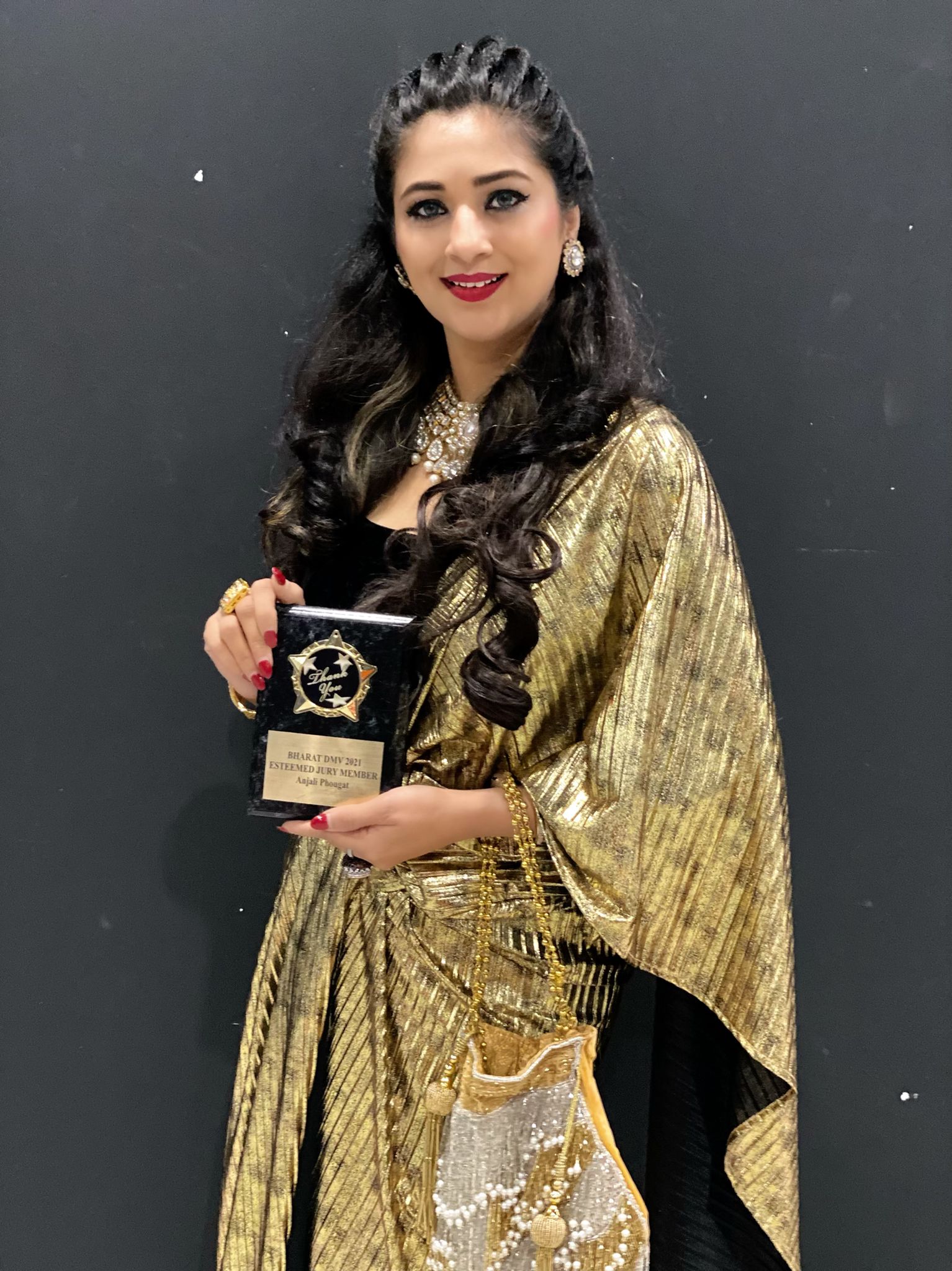
Anjali Phougat
Designs on her mind
The Haryana born migrated to the United States when she got married, and soon launched her own luxury brand that created waves at the New York Fashion Week, and other pageants. Anjali is today, among the top names in the world of fashion. She has doggedly worked on her craft to add wardrobe stylist, certified interior designer and filmmaker to her skillsets.
Her debut film Inclusion Through Unity showcased her designs, and also added writing and producing to her talent list. She wrote the film’s script with Vincent Natasha Gay and also produced the film which explores gender inequality and issues concerning the LGBT community. The film is directed by Alex Rogers. While the glitz and glamour of fashion has her bright eyed, there is a serious advocate ready to be the voice for the downtrodden. Working tirelessly towards social causes especially mental health in a pandemic-ridden world, LGBT rights and victims of domestic violence both in India and the US concern her.

Anjali Phougat
“The film focuses on positivity, diversity and inclusivity. Winning the award for my cause-based film was a big moment for the entire team,” says Anjali, who was honoured to be at Cannes where she showcased jewellery, and the models walked the red carpet in her dreamy gowns in neutral colour palettes, pastel hues and florals, some even had the royal touch of Zardosi embellishing them.
“Coming from a conservative background, very few people from the South Asian community talk about LGBTQ issues. It is wonderful to take initiative, set an example so others can come forward and join hands and encourage equality as inclusion is a state of mind,” explains Anjali, who is working on a new project with Discovery.
Inspired by nature
Born in Gurugram in November 1982, Anjali’s father Kesar Lal Dhingra was a bank manager and mother Neelam Dhingra, a home maker. Schooled at Model School and DAV Public in Rohtak, she went to Maharishi Dayanand University for a master’s in philosophy and computer science. The 96 per cent scorer was a topper at the university.
“I am a creative person and anything that relates to creativity brings me joy, be it designing, make-up, jewellery, film making, acting, creative direction, styling or home decor. I am a certified scrum product owner and enjoy wearing multiple hats. Talent has no boundaries and there is no age to learn – one should keep evolving,” says Anjali, who has styled Bollywood actors like Zeenat Aman, Somy Ali, Madhu, etc.

Anjali Phougat
Her clothing line was launched in the US in 2019, and it draws inspiration from observing nature. “Nature is organic and I often use flowers and natural earth tones in my designs. India has a rich and diverse heritage and an excellent artisanship,” says the designer who believes that fashion should resonate with one’s style.
A voice for the downtrodden
The Indian-American has collected funds for victims of domestic violence, created a fundraiser on social media to support NGO No More Tears. She often donates proceeds from her design line to multiple NGOs to support social causes.
She has styled victims of domestic violence and human trafficking for events. Her company has also donated a percentage of sales to multiple hunger charities.
An initiative she started with former Bollywood actress Somy Ali – “Just A Conversation” brings diverse successful individuals who have overcome immense hurdles together from the world over. Anjali and Somy’s shows shine the limelight on worthy individuals, and have had Sonu Nigam, Shakti Kapoor, Kalpana Iyer, Dabboo Ratnani, Tejaswini Kolhapure, Shilpa Shirodkar, as part of them.
“We hope to bring attention to people who have thrived by defying stigmas and stereotypes, and whose stories have not always been covered by mainstream media. We want to highlight the brave individuals who not only stand for their own beliefs, but also help others find their own voices,” adds the girl who juggles many interests.
Her husband Naveen Phougat works as vice-president in banking, and they dote on their nine-year-old daughter Aarna Phougat.
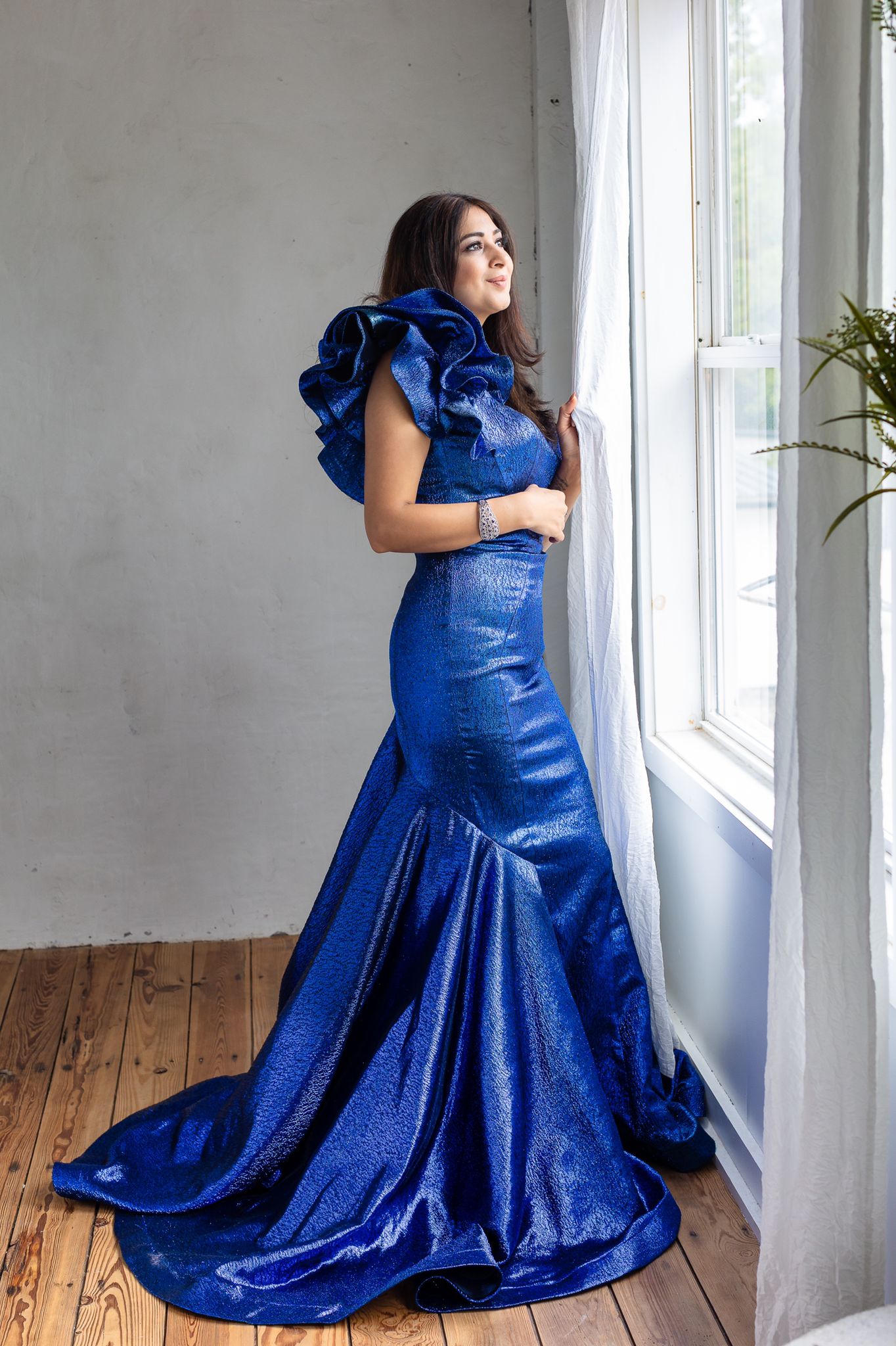
Anjali Phougat
“Life is full of challenges and it all depends on you how you perceive them,” she says, who feels that success is not comfortable, one needs to give up on comfort to make the best use of life. “Staying focused and maintaining a positive attitude helped me overcome the challenges in life,” says the 39-year-old who believes that there is no greater joy than giving back to society and spreading happiness.
Her work often takes her across the world, and travelling and meeting new people has given her a window into the world to learn and help. “We learn something new every day,” says Anjali, the recipient of the Swag Icon of India star mentor award in 2019. Features in Bride Vogue, Mob Journal, Milan Italy and Luxia magazine, Paris among many others is a regular feature.
“Consistency is the key to success. No one becomes successful overnight, and everyone faces different challenges during their journey. Staying positive, focused and a never-give-up attitude ensures success,” she advices even as she takes great courage from Mother Teresa and her humanitarian legacy.
Even as she aspires to bust myths about India, she admits that not all impressions are positive. “International media reports on poverty in India, exploitation of women and children, rampant diseases and widespread corruption which creates unfavourable images that are hard to overcome. People do not think of India as a safe country. Despite India’s dominance in the IT industry, the world does not see India as a modern economy with a competent workforce – this is sad. India is a diverse country and has the world’s second largest population and beautiful ancient rituals, culture and great values,” she signs off.
Follow Anjali Phougat on Instagram
Discover more fascinating Stories

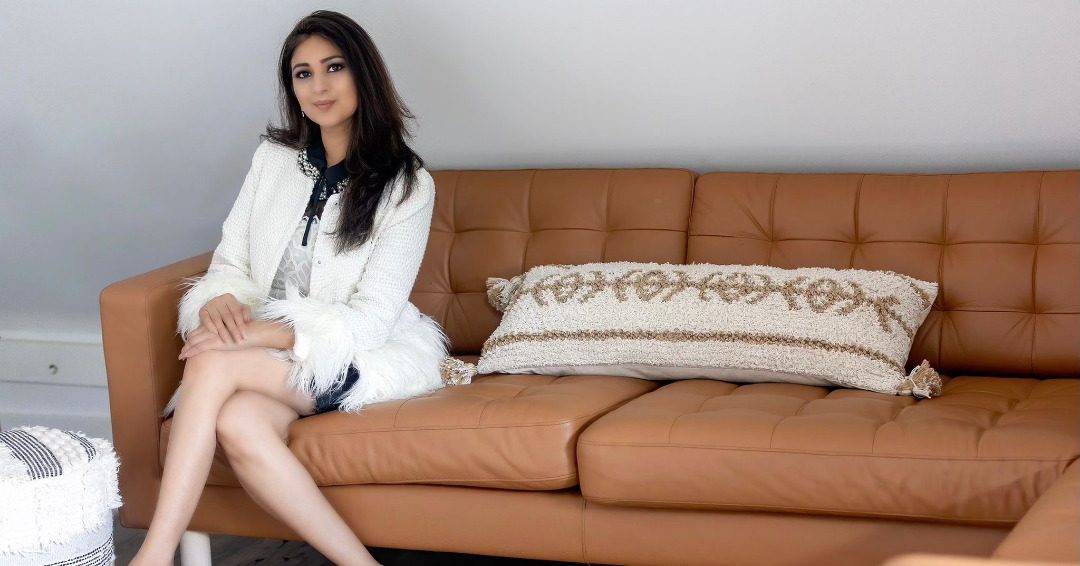

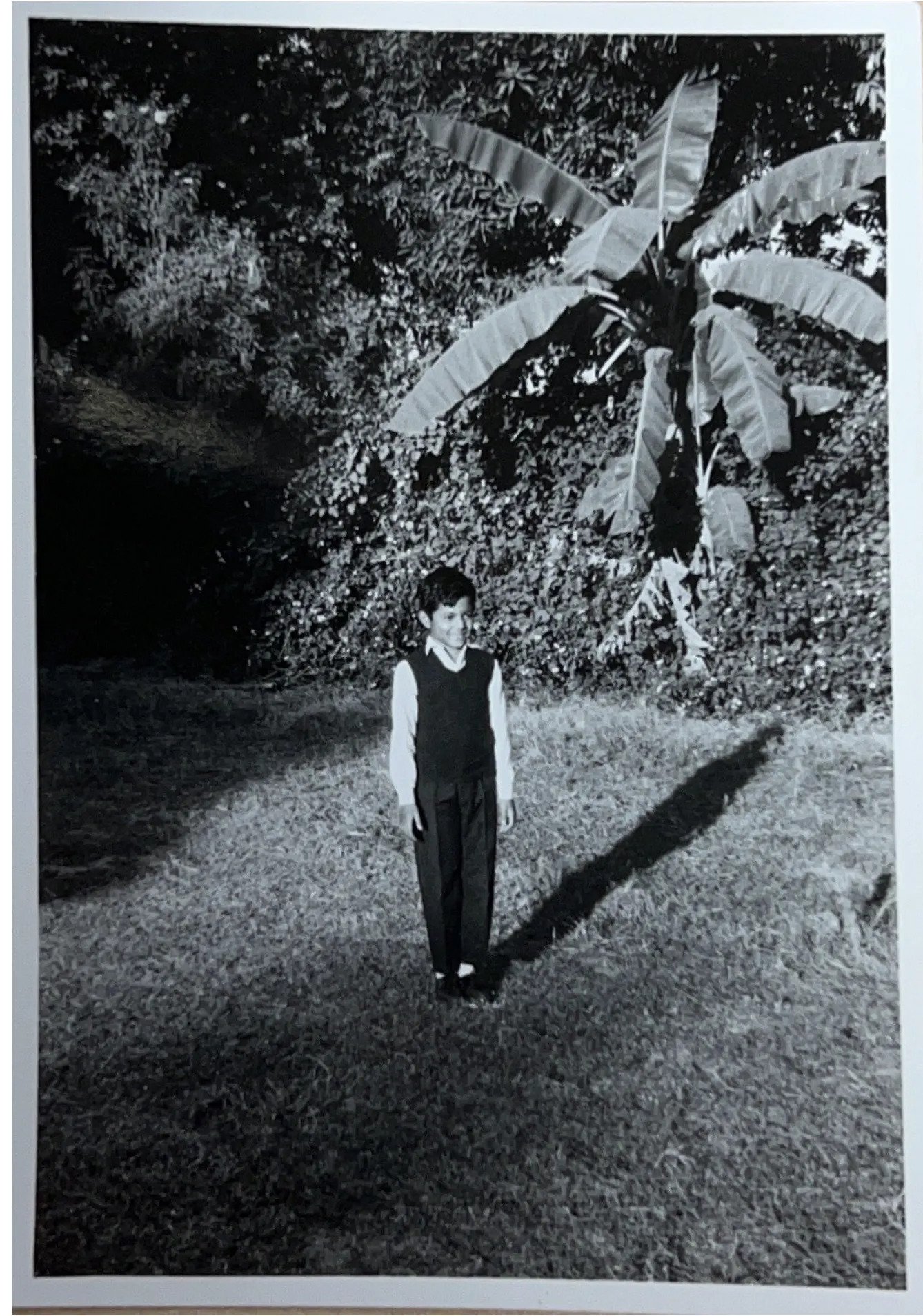 A childhood image of Dr. Arun Majumdar[/caption]
A childhood image of Dr. Arun Majumdar[/caption]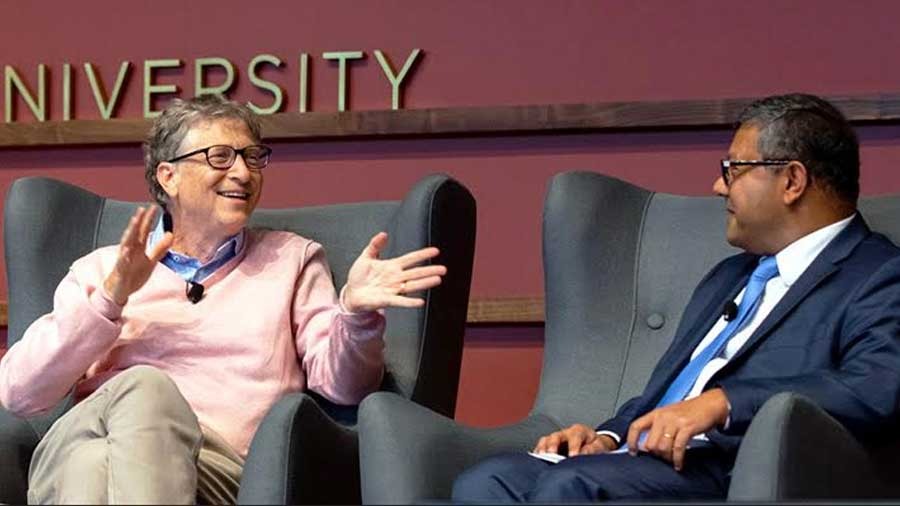 Dr Majumdar with Bill Gates during a conference[/caption]
Dr Majumdar with Bill Gates during a conference[/caption] Dr. Majumdar with John Doerr, chairman and co-founder of Kleiner Perkins Caufield[/caption]
Dr. Majumdar with John Doerr, chairman and co-founder of Kleiner Perkins Caufield[/caption]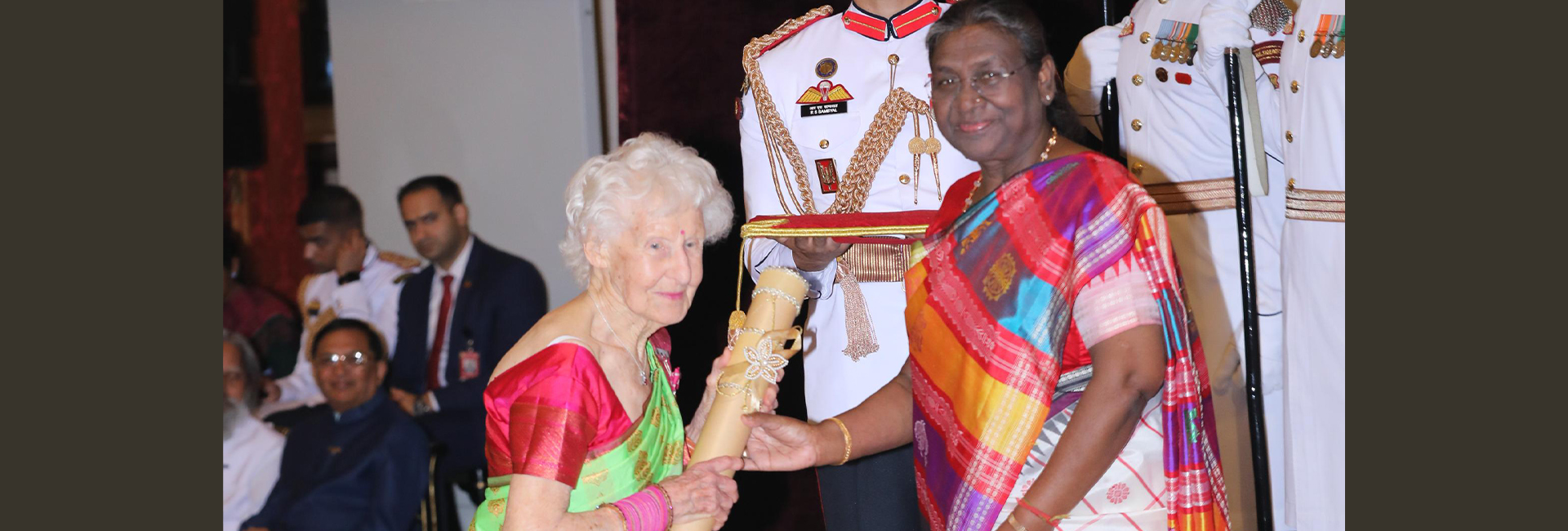
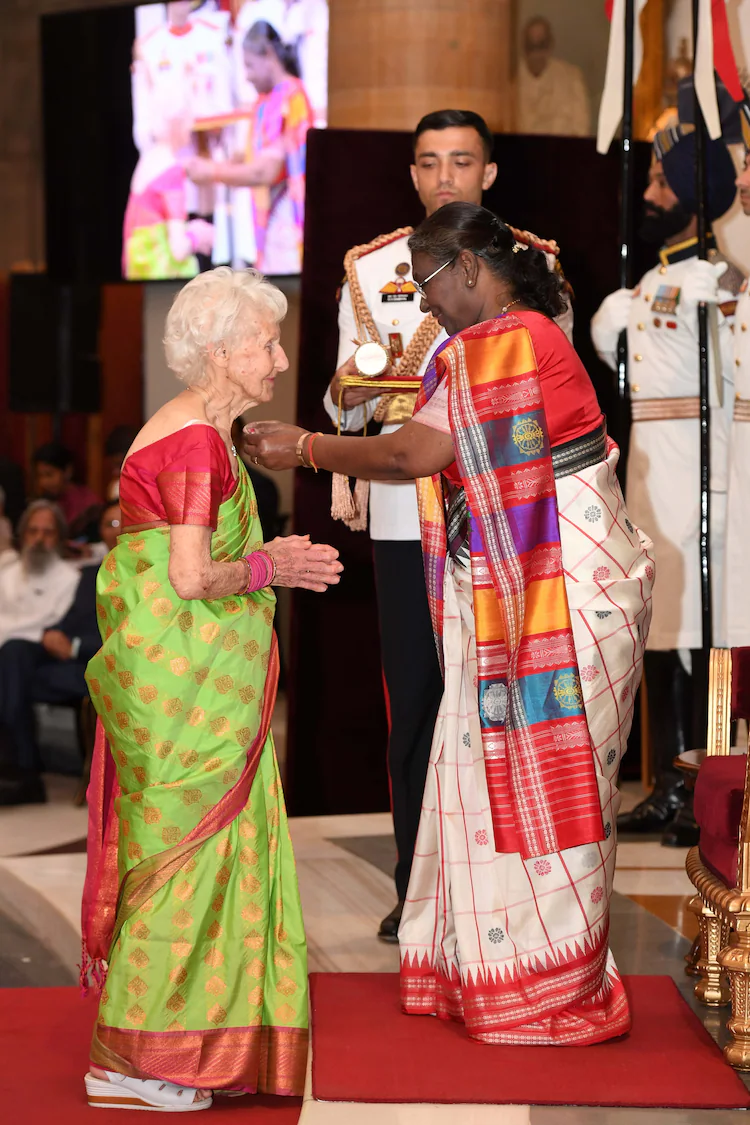
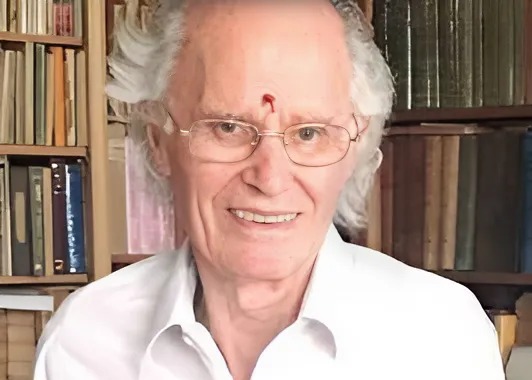 Pierre Sylvain
Pierre Sylvain 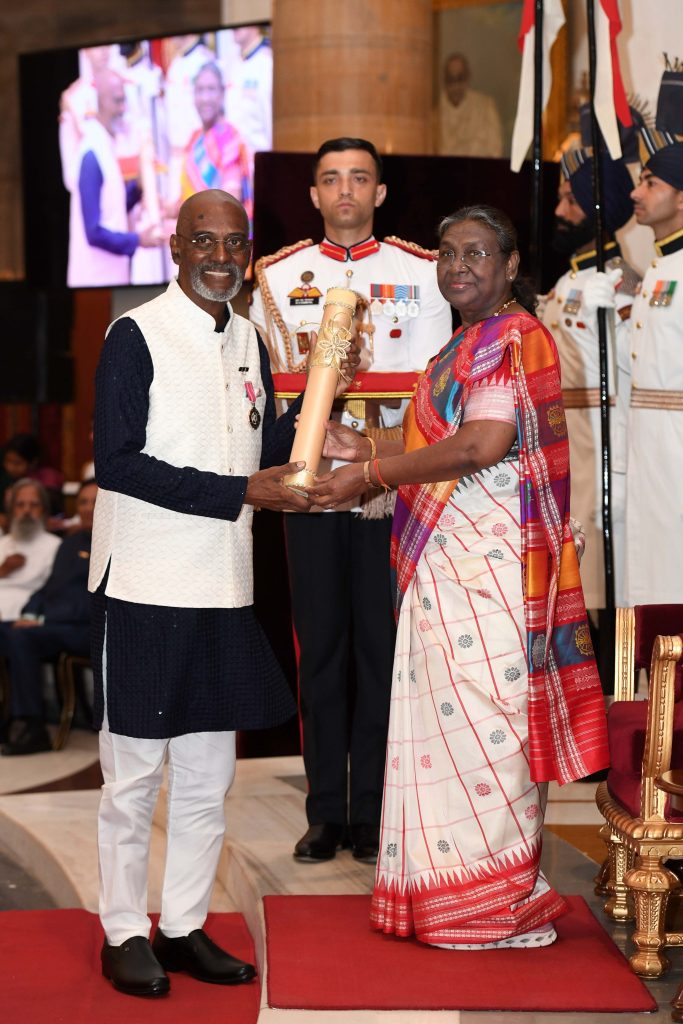 Fred Negrit receiving award from the President of India[/caption]
Fred Negrit receiving award from the President of India[/caption]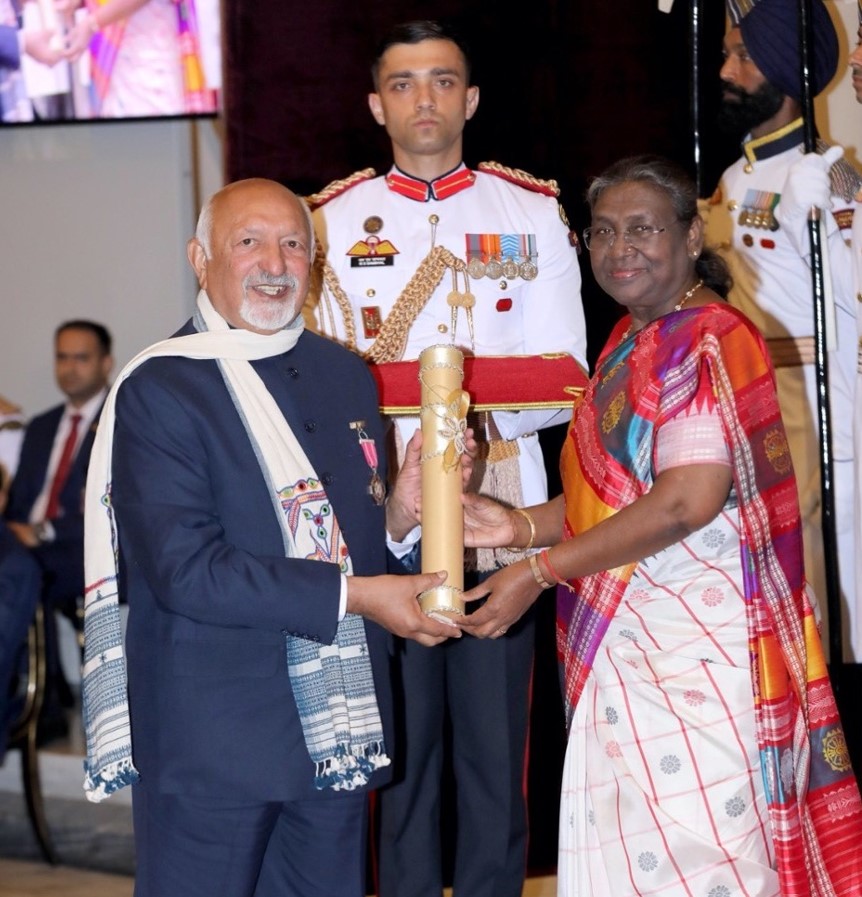 Dr Kiran Vyas receiving award from the President of India[/caption]
Dr Kiran Vyas receiving award from the President of India[/caption]
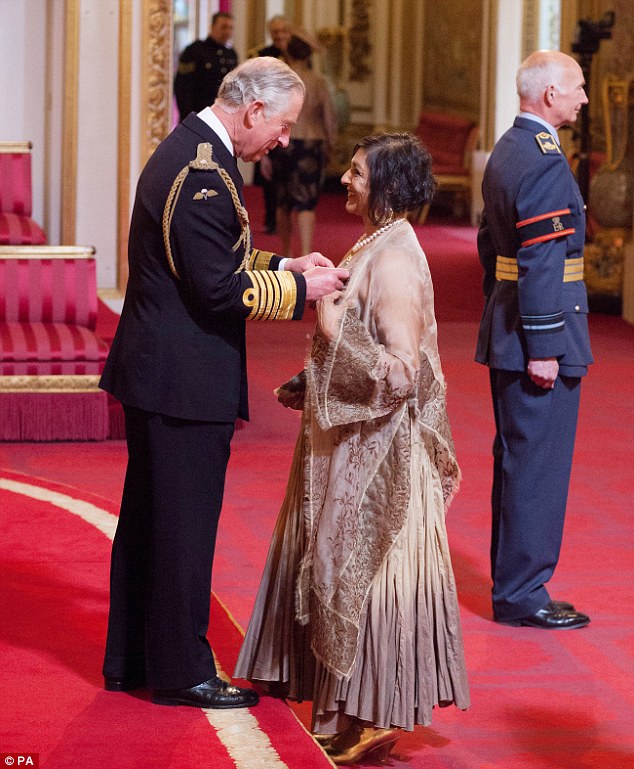 Meera Syal receiving CBE from King Charles[/caption]
Meera Syal receiving CBE from King Charles[/caption]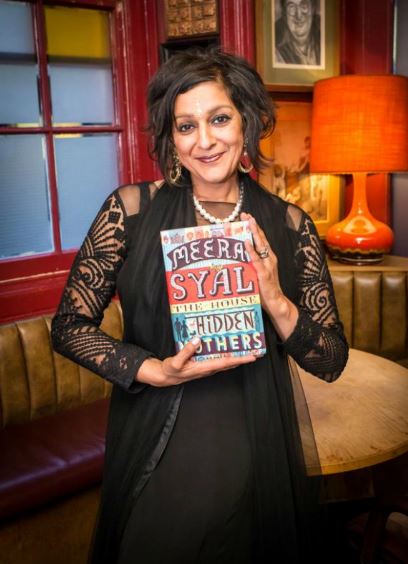 Meera Syal with one of her books[/caption]
Meera Syal with one of her books[/caption]
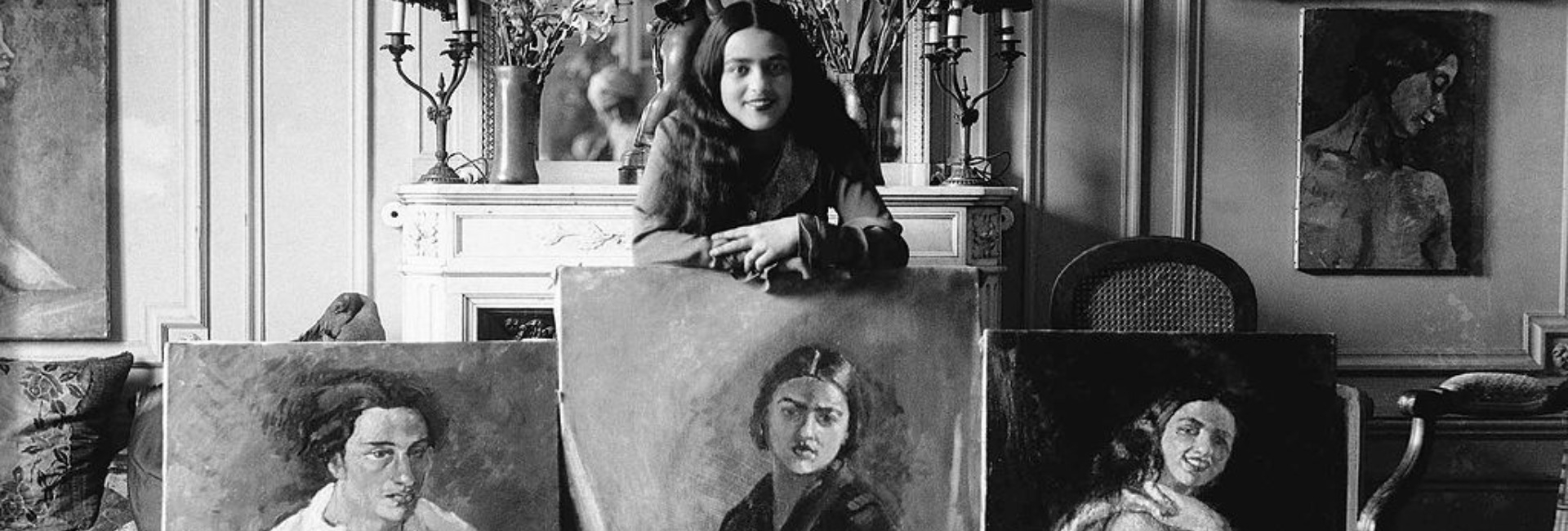
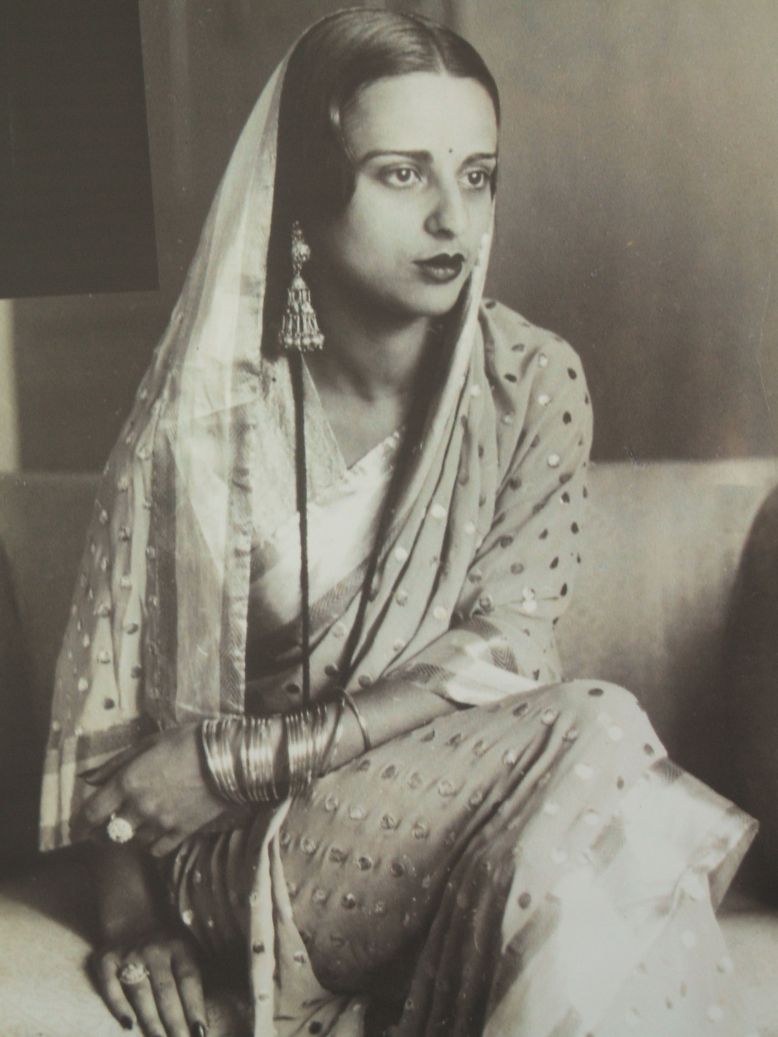 Amrita Sher-Gil. Source: Wikimedia Commons[/caption]
Amrita Sher-Gil. Source: Wikimedia Commons[/caption]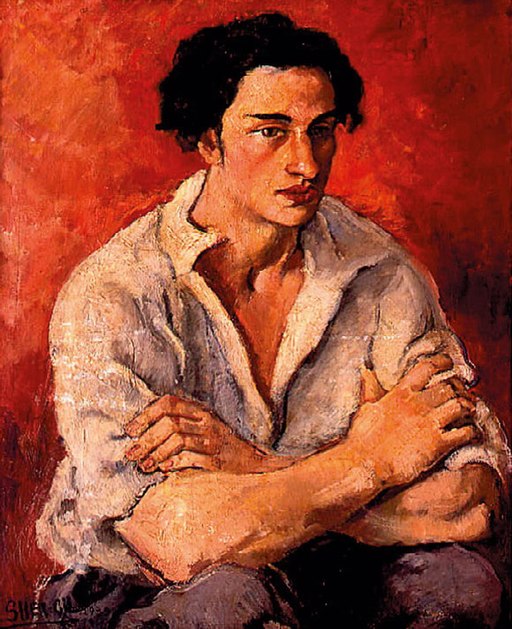 Portrait of Young Man, painted by Amrita Sher-Gil at the Ecole des Beaux-Arts. Source: Wikimedia Commons[/caption]
Portrait of Young Man, painted by Amrita Sher-Gil at the Ecole des Beaux-Arts. Source: Wikimedia Commons[/caption]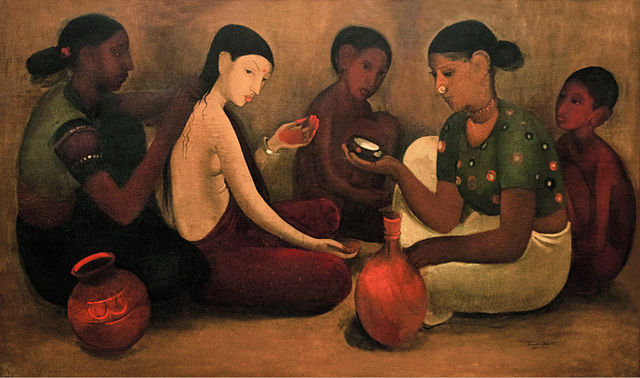 The Bride's Toilet. Source: Wikimedia Commons[/caption]
The Bride's Toilet. Source: Wikimedia Commons[/caption]
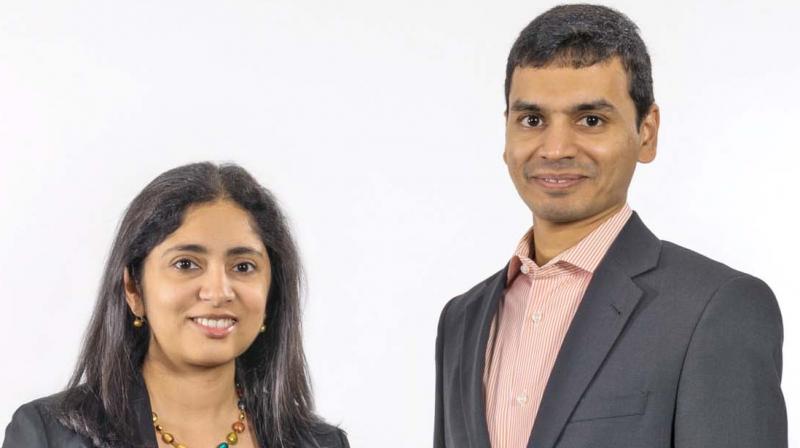 Dr Madhu Bhaskaran with husband Prof Sharath Sriram[/caption]
Dr Madhu Bhaskaran with husband Prof Sharath Sriram[/caption]
 The Soterius Scout sensor[/caption]
The Soterius Scout sensor[/caption]